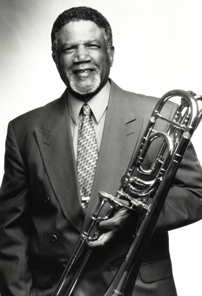
Full Name: American Federation Of Musicians of the United States and Canada
Founded: 1896
Members: 90,000
Country: United States, Canada
Affiliation: AFL - CIO -CLC
Key People: Raymond H. Hair Jr. - President
Office Location: New Yory, New York
Website: afm.org
___________________________________________________________________________________
Presidents
1896 - 1900 Owen Miller
1900 - 1914 Joseph Weber
1914 - 1915 Frank Carothers
1915 - 1940 Joseph Weber
1940 - 1958 James C. Petrillo
1958 - 1970 Herman D. Kenin
1970 - 1978 Hal Davis
1978 - 1987 Victor Fuentealba
1987 - 1991 Martin Emerso
1991 - 1995 Mark Massagli
1995 - 2001 Steve Young
2001 - 2010 Tom Lee
2010 - Present Ray Hair
___________________________________________________________________________________
History of the American Federation of Musicians Strike
James Petrillo Argued that the Recording Companies must pay royalties to the musicians for their recordings. So on August 1, 1942 James Petrillo instigated a strike of the American Federation of Musicians against the major recording companies over royalty payments. On July 31 at midnight no union musician could record with any recording company. The Strike did not affect those musicians on live radio or concerts, or after October 27, 1943 recording V- Disks for the Arm Forces.
